Revolutionizing Surgery: The Power of 3D and Robotic Endoscopy
Imagine a future where complex surgeries are performed with unparalleled precision and minimal invasiveness. Welcome to the era of 3D and robotic endoscopy, where cutting-edge technology is transforming the landscape of surgical care.
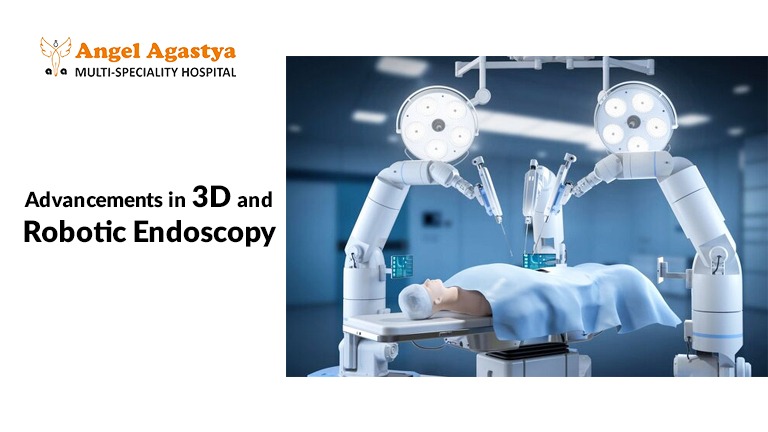
Introduction
Traditional endoscopy, a cornerstone of minimally invasive surgery, offers a valuable tool for diagnosing and treating a wide range of medical conditions. However, its two-dimensional view can often limit the surgeon’s perspective, particularly when dealing with complex anatomical structures. Recent advancements in medical technology, such as 3D and robotic endoscopy, are revolutionizing the field of surgery, offering enhanced precision, improved patient outcomes, and a brighter future for minimally invasive procedures.
While traditional endoscopy has significantly reduced the need for open surgery, it still presents certain limitations. The two-dimensional view can sometimes obscure important details, making it difficult for surgeons to accurately assess the extent of damage or identify the optimal surgical approach. This can lead to longer procedure times, increased risk of complications, and less precise outcomes.
Understanding Endoscopy
Endoscopy is a minimally invasive surgical technique that involves inserting a long, flexible tube with a camera and light source into the body. This allows surgeons to visualize internal organs and perform various procedures. Traditional endoscopy, while effective, often relies on a two-dimensional view, limiting the surgeon’s ability to perceive depth and spatial relationships.
The Limitations of Traditional Endoscopy
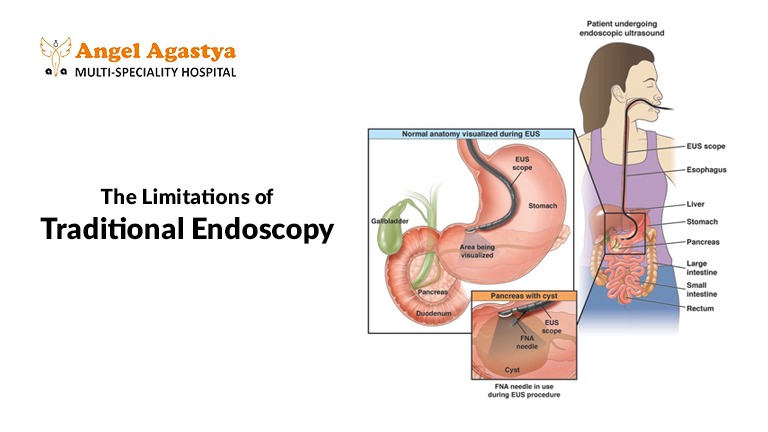
While traditional endoscopy has significantly reduced the need for open surgery, it still presents certain limitations. The two-dimensional view can sometimes obscure important details, making it difficult for surgeons to accurately assess the extent of damage or identify the optimal surgical approach. This can lead to longer procedure times, increased risk of complications, and less precise outcomes.
The Rise of 3D Endoscopy
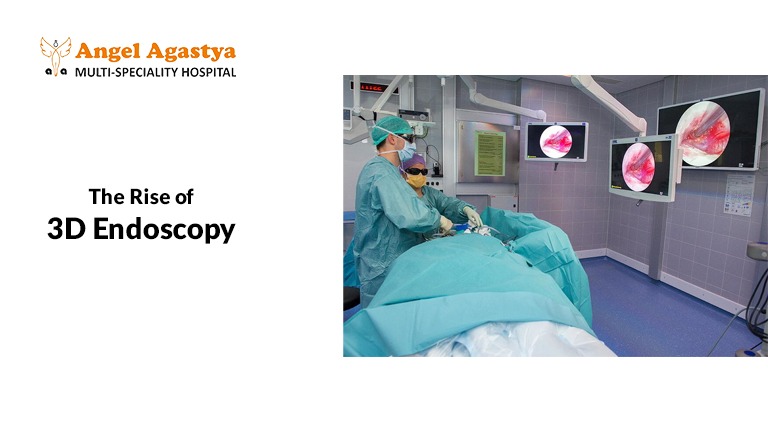
3D endoscopy represents a significant advancement in minimally invasive surgery. Unlike traditional 2D endoscopy, which provides a flat, two-dimensional image, 3D endoscopy utilizes two cameras positioned at slightly different angles to capture images from multiple perspectives. This innovative approach allows for the creation of a three-dimensional image that provides surgeons with a more realistic and detailed view of the internal anatomy.
This enhanced visualization offers several key advantages. Firstly, 3D endoscopy provides surgeons with superior depth perception. By accurately perceiving the spatial relationships between different structures within the body, surgeons can navigate complex anatomical areas with greater ease and precision. Secondly, the improved visualization allows for easier identification of abnormalities such as polyps, tumors, and other lesions. This heightened awareness enables surgeons to make more informed decisions during the procedure and potentially minimize the risk of complications.
Furthermore, 3D endoscopy can significantly improve surgical precision. The enhanced depth perception and clearer visualization enable surgeons to perform delicate maneuvers with greater accuracy and control. This translates to smaller incisions, reduced tissue damage, and a decreased risk of complications such as bleeding and nerve injury.
How 3D Endoscopy Works
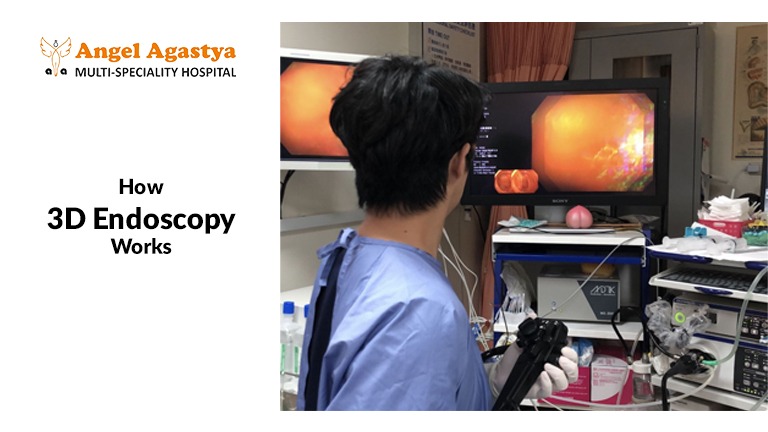
3D endoscopy systems typically use two high-resolution cameras positioned at slightly different angles. These cameras capture images simultaneously, and the system processes the images to create a 3D representation of the surgical site. The 3D image is then displayed on a high-definition monitor, providing the surgeon with a more realistic and immersive view of the internal anatomy.As technology continues to advance, we can expect to see even more innovative and effective endoscopic techniques emerge in the future. 3D endoscopy is poised to revolutionize the field of minimally invasive surgery, offering significant benefits to both patients and surgeons.
Benefits of 3D Endoscopy
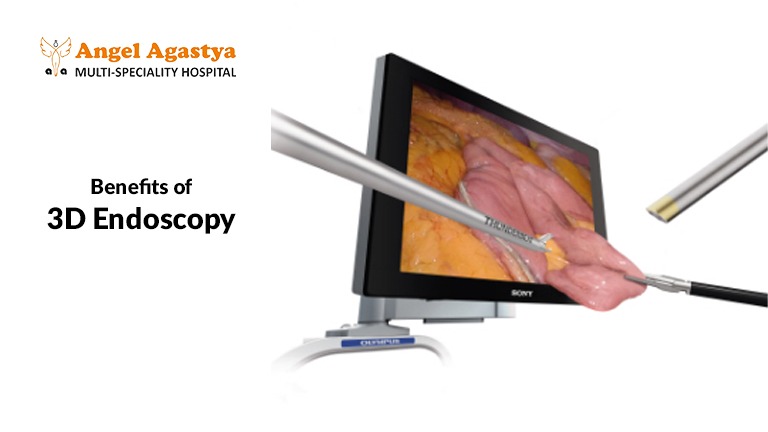
3D endoscopy offers several significant advantages over traditional 2D endoscopy:
- Enhanced Visualization:
- Greater Depth Perception: 3D endoscopy provides a more realistic and detailed three-dimensional view of internal organs, allowing surgeons to perceive depth and spatial relationships more accurately.
- Improved Identification of Anomalies: The enhanced visualization capabilities of 3D endoscopy enable surgeons to more easily identify and locate abnormalities, such as polyps, tumors, and other lesions.
- Better Understanding of Anatomical Structures: 3D endoscopy provides a clearer understanding of complex anatomical structures, making it easier for surgeons to navigate and perform delicate procedures.
- Improved Surgical Precision:
- Enhanced Dexterity: 3D endoscopy allows surgeons to perform intricate maneuvers with greater precision, reducing the risk of damage to surrounding tissues.
- Minimally Invasive Procedures: 3D endoscopy enables surgeons to perform complex procedures through smaller incisions, resulting in less pain, faster recovery times, and reduced scarring.
- Reduced Surgical Time: With a clearer view of the surgical site, surgeons can complete procedures more efficiently, leading to shorter operating times and reduced patient discomfort.
- Enhanced Patient Outcomes:
- Reduced Complications: By improving surgical precision and minimizing tissue damage, 3D endoscopy can help reduce the risk of complications such as bleeding, infection, and nerve damage.
- Faster Recovery: Smaller incisions and less tissue trauma associated with 3D endoscopy often lead to faster recovery times, allowing patients to return to their normal activities sooner.
- Improved Quality of Life: By minimizing pain, scarring, and recovery time, 3D endoscopy can significantly improve a patient’s quality of life.
Applications of 3D Endoscopy
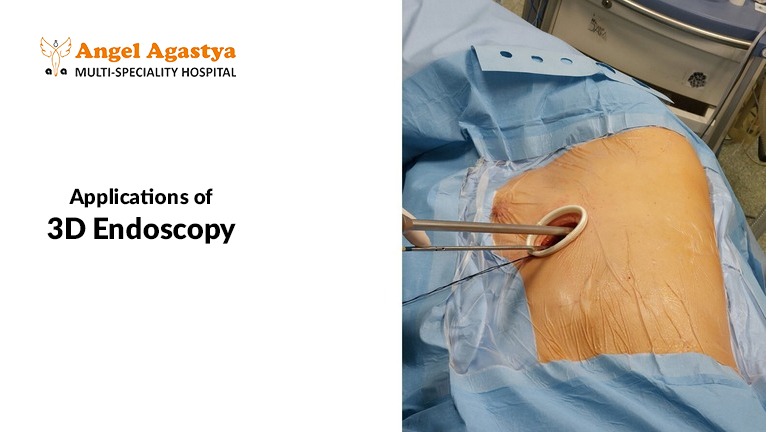
3D endoscopy has a wide range of applications in various surgical specialties, including:
- Gastrointestinal Surgery: 3D endoscopy can be used to diagnose and treat conditions such as gastroesophageal reflux disease (GERD), ulcers, polyps and and colorectal cancer.
- Thoracic Surgery: 3D endoscopy can assist in lung cancer surgery, lobectomy, and other thoracic procedures.
- Gynecological Surgery: 3D endoscopy can be used for minimally invasive hysterectomies, myomectomies, and other gynecological procedures.
- Urological Surgery: 3D endoscopy can be used for prostate surgery, kidney surgery, and bladder surgery.
Robotic Endoscopy: A New Era of Precision
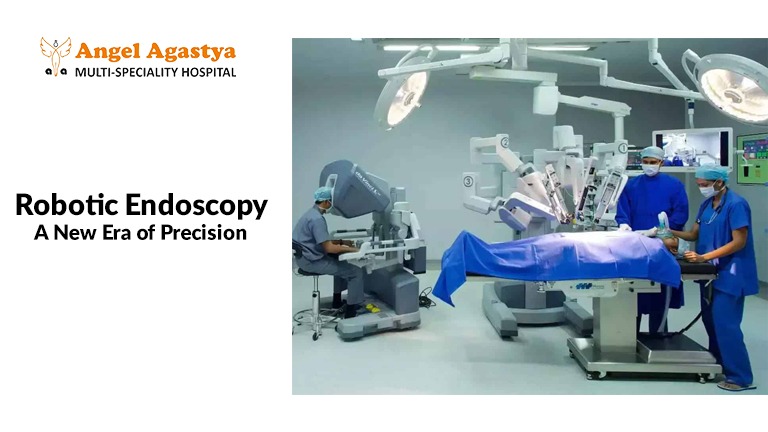
Robotic endoscopy is a cutting-edge technology that is revolutionizing the field of minimally invasive surgery. By combining the precision of robotic technology with the flexibility of endoscopic procedures, surgeons can perform complex operations with greater accuracy and efficiency.
How Robotic Endoscopy Works
A robotic endoscopy system typically consists of a surgeon’s console, a robotic arm, and a high-definition 3D vision system. The surgeon sits at a console and controls the robotic arms using intuitive controls. The robotic arms are equipped with specialized instruments that provide a wide range of motion and dexterity, surpassing the capabilities of human hands.
Benefits of Robotic Endoscopy
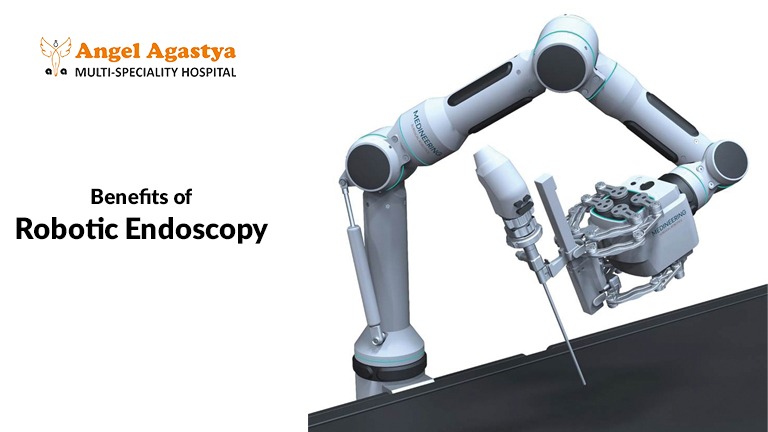
- Enhanced Precision: Robotic arms provide surgeons with greater dexterity and precision, allowing for more delicate and intricate procedures.
- Minimally Invasive Surgery: Robotic surgery often involves smaller incisions, resulting in less pain, shorter hospital stays, and faster recovery times.
- Reduced Surgical Trauma: Robotic surgery can minimize tissue damage and reduce blood loss, leading to fewer complications.
- Improved Patient Outcomes: Robotic endoscopy can lead to better surgical outcomes, including improved functional recovery and reduced risk of complications.
Applications of Robotic Endoscopy
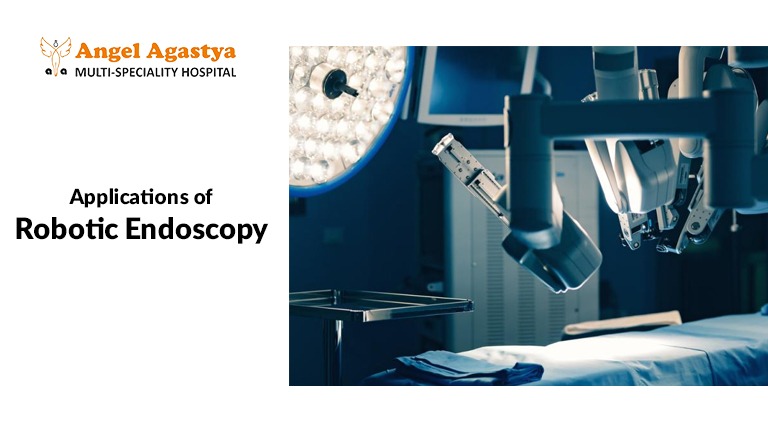
Robotic endoscopy has a wide range of applications, including:
- Urological Surgery: Robotic surgery can be used for prostate surgery, kidney surgery, and bladder surgery.
- Gynecological Surgery: Robotic surgery is used for hysterectomies, myomectomies, and other gynecological procedures.
- General Surgery: Robotic surgery can be used for various procedures, such as gallbladder removal, hernia repair, and bariatric surgery.
The Future of Endoscopy
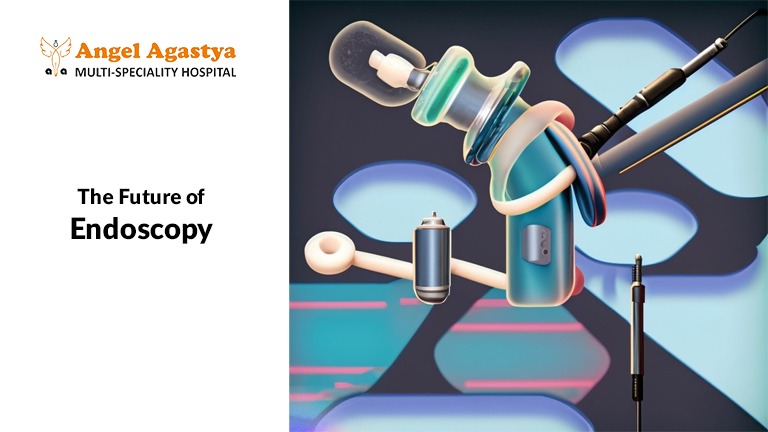
The future of endoscopy is bright, with ongoing advancements in technology. Emerging technologies such as flexible robotic endoscopes and augmented reality have the potential to further revolutionize minimally invasive surgery. These innovations will continue to push the boundaries of surgical precision and patient care, offering hope for even better outcomes in the future. However, it is important to address the challenges and limitations of these technologies, such as cost and technical expertise.
By embracing the power of 3D and robotic endoscopy, surgeons can achieve greater precision, minimize invasiveness, and improve patient outcomes. As technology continues to advance, we can expect to see even more groundbreaking developments in the field of endoscopy.
Challenges and Limitations
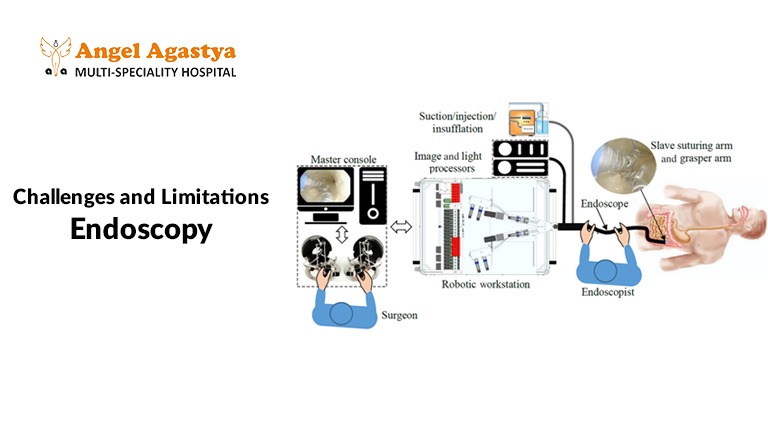
While robotic endoscopy offers significant advantages, it also presents certain challenges and limitations. The high cost of robotic systems and the specialized training required to operate them can limit their accessibility. Additionally, technical issues and potential malfunctions can impact the success of the procedure.
Conclusion
3D and robotic endoscopy represent significant advancements in minimally invasive surgery. By providing surgeons with greater precision, dexterity, and visualization, these technologies are improving patient outcomes and transforming the landscape of healthcare. As technology continues to evolve, we can expect even more innovative and effective endoscopic techniques to emerge in the future.
FAQs
1. How does 3D endoscopy differ from traditional 2D endoscopy?
- 3D endoscopy provides a more realistic, three-dimensional view compared to the two-dimensional image of traditional endoscopy, improving depth perception and surgical accuracy.1
2. What are the benefits of robotic endoscopy?
- 3D and robotic endoscopy offer enhanced precision, reduced surgical trauma, shorter hospital stays, and faster recovery.2
3. Is robotic endoscopy safe?
- Yes, generally safe when performed by experienced surgeons.
4. Is 3D endoscopy widely available?
- Becoming more widely available but may not be available in all hospitals.
5. What are the costs associated with 3D and robotic endoscopy?
- 3D and robotic endoscopy systems can increase procedure costs.
6. How long is the recovery time after robotic surgery?
- Typically shorter hospital stays and faster recovery compared to traditional open surgery.3
7. Can 3D and robotic endoscopy be used for all types of surgeries?
- No, best suited for specific procedures.
8. What are the potential risks and complications?
- Potential risks include bleeding, infection, and complications related to anesthesia.
9. How do these technologies impact patient outcomes?
- 3D and robotic endoscopy lead to improved patient outcomes, including less pain, faster recovery, and reduced complications.4
10. What is the future of endoscopy?
- Continued advancements in technology, such as flexible robotic endoscopes and augmented reality, will further enhance 3D and robotic endoscopy and improve surgical outcomes.5
By understanding the role of 3D and robotic endoscopy in modern medicine, patients can make informed decisions about their healthcare and benefit from the latest advancements in surgical technology.

